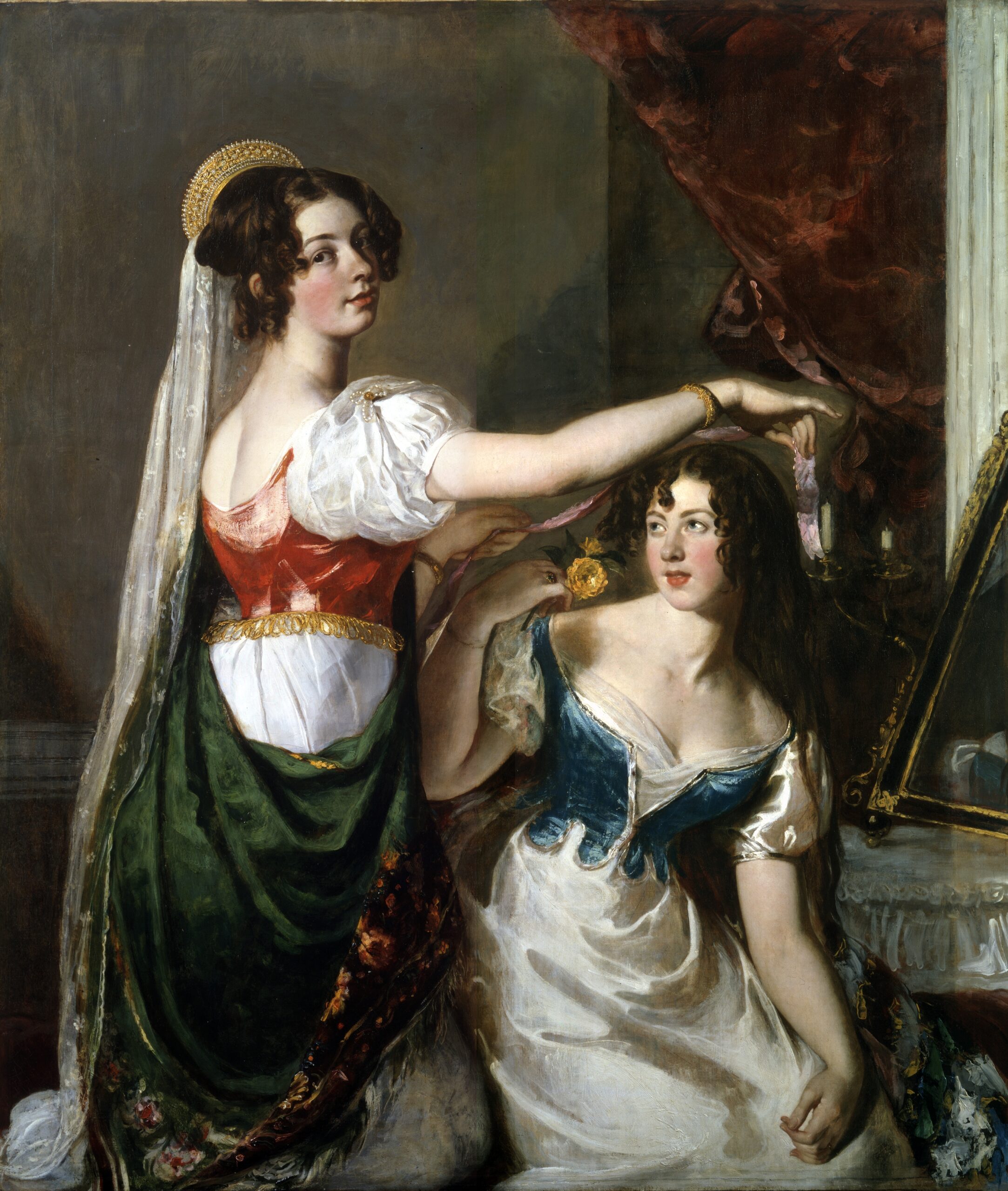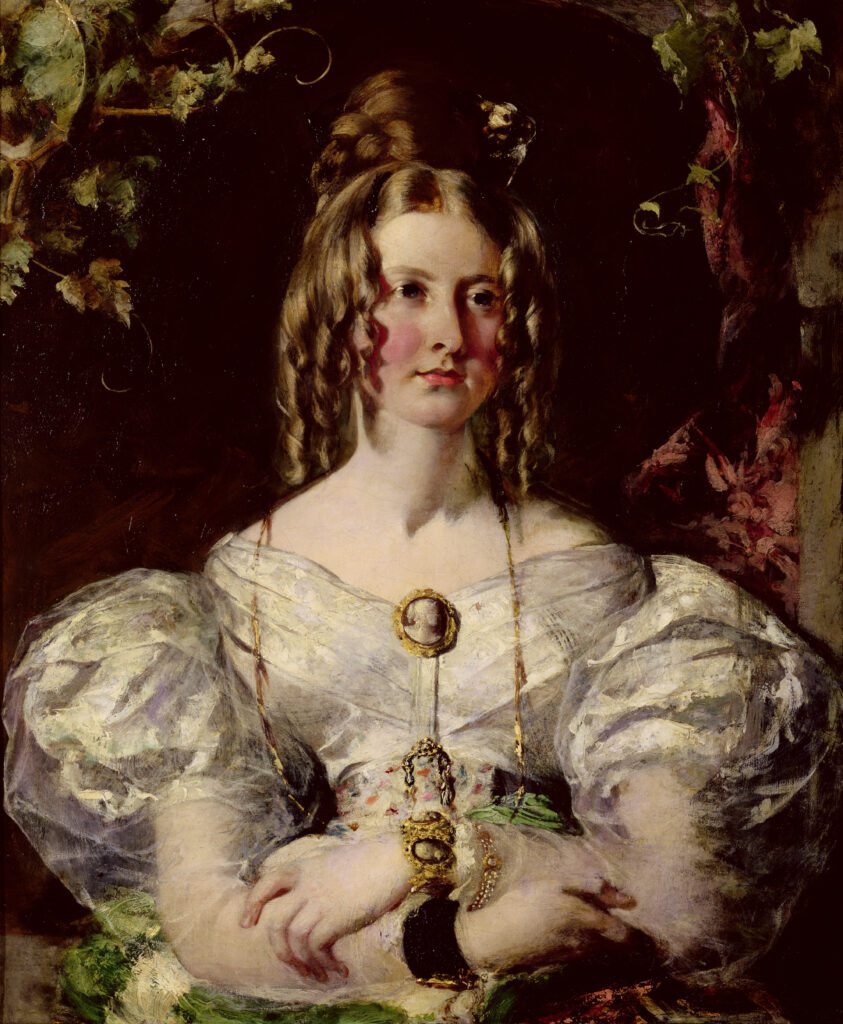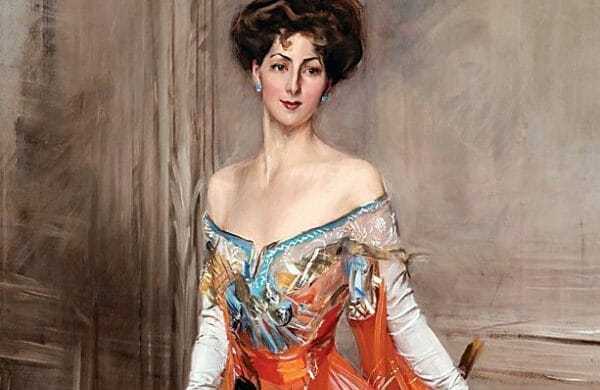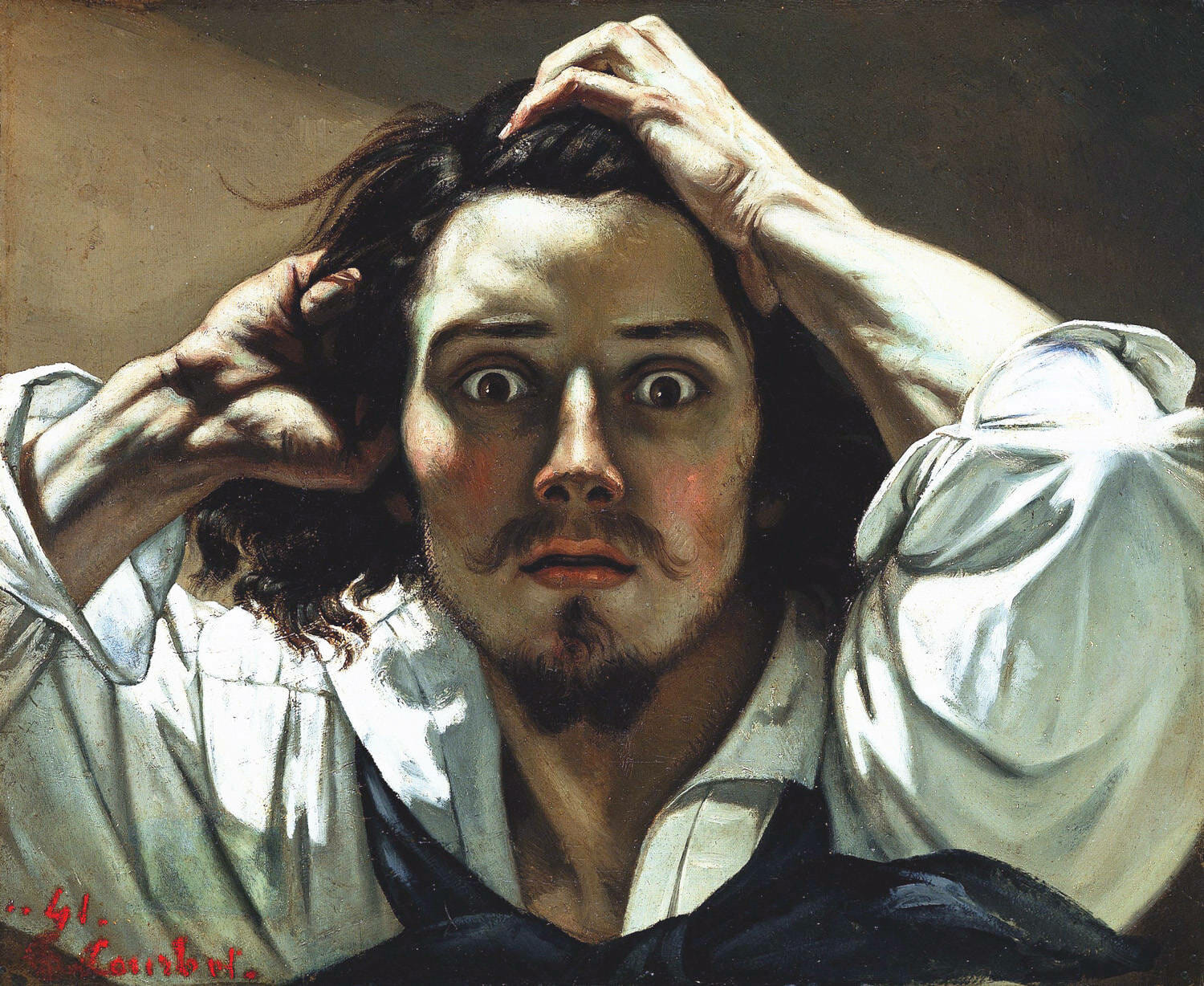
The Misses Williams-Wynn: a Portrait of Bridgerton
Artist
Year
Country
Material/Technique
Art is a portrait of society, reflected in every aspect, regardless of the era in which it manifests itself. Whether it is a painting, a sculpture, or a film, there is always an element that relates to reality. Sometimes it comes up in an abstract or hidden way, other times in an explicit and tangible way. The court ball, for example, marked a real debut into society during the English Regency era. Also as important is the preparation leading up to the ball. The English painter William Etty captures it in his portrait of The Misses Williams-Wynn. It is a much-awaited event that still enchants audiences even in the present day, thanks to the hit television series Bridgerton.
England was at the peak of its economic expansion in the late 18th century and much of the 19th century. All thanks to the benefits of the Industrial Revolution. The nobility, the most privileged social rank, wasted no opportunity to display their power through any means. The rich wished to increase their wealth, and women represented their main route to that wealth. From the origins of the monarchy, marriages have been an economic investment. An opportunity to unite the power of wealthy families or sometimes entire nations.
A portrait of The Misses Williams-Wynn
The Misses Williams-Wynn (1835), portrays two young sisters of royalty as they are preparing for a ball. They are Charlotte and Mary Williams-Wynn, daughters of Charles Watkin Williams-Wynn. A descendant of a baron, he collaborated with Tories and Whigs and was the father of the House of Commons. Therefore, the sisters were indeed well-liked in the royal court. In the painting, one can see Charlotte, the eldest sister, attending to the hairstyle of Mary, the youngest. It is a scene that unites them with the Bridgerton sisters, who are used to helping each other during the preparation. The poses are reminiscent of other paintings by Etty set in Venice, such as Window in Venice during a Fiesta or The Lute Player, but the hairstyles and patterns they wear are typical of the Regency era. Another name of the painting is Preparing for a Fancy Dress Ball.

This was not the only time the York painter ventured into such portraits and commissions. Although Etty’s artistic output focused on nudes and mythological scenes, which were not always well regarded in art circles, by devoting himself to portraits he gained due recognition for his skill, but without straying from his signature style. In the biography Life of William Etty, author Alexander Gilchrist tells of a letter the painter wrote to his patron. In the missive he apologizes for the time it took him to finish the portraits of the women, claiming that it was necessary to make the work as faithful to reality as possible. A demonstration of his attentiveness and versatility.
The anxiety of the first ball
The debutante ball is a tradition that was born and developed in the major European courts. In England, it became firmly established in society beginning in 1788. In May of that year, King George III held a ball to celebrate the birthday of his queen consort, Charlotte of Mecklenburg Strelitz (who boasts a spin-off of her own, also on Netflix), using proceeds from the event to have a women’s hospital built that still bears the queen’s name. The annual royal ball became the most important opportunity, for girls of marriageable age (from about fifteen to twenty), to snag a good match, the main purpose of the time.
Beyond the age of 20, girls would find it more difficult to find husbands. They often ended up accepting proposals from older, perhaps widowed, nobles. For men, the demands were less strict, especially regarding physical appearance. What mattered was richness, not beauty. Girls had to be educated, fond of a fine hobby such as singing, educated, graceful, always composed, and obedient.
Let the hunt begin!
It was a real hunting season that lasted from April to June. People participated in all kinds of social gatherings: horseback riding, tea parties, and even the presentation of girls to the queen. The ball was a magical time, full of expectation and adrenaline for debutantes. Bachelors were scrutinized and evaluated by damsels and their respective families. By the time the invitation to dance arrived, one was halfway through. From there the courtship between the young men began, while the adults discussed dowries and land to secure advantages from marriage. To be clear: love was not part of the economic-marriage process at the time, but that does not mean it could not blossom.

Another work by Etty that shows the style of the period, is captured and enhanced to the fullest within the Bridgerton series.
May I have this dance? Bridgerton’s debut
The hit series Bridgerton, which debuted in 2020 on the Netflix streaming platform, has had millions of viewers dreaming of cotillions and quadrilles. The plot reveals the dramas and love intrigues of the English nobility. Based on Julia Quinn‘s novels, the series reproduces the context of the period without renouncing historical liberties and inaccuracies. For example, an invention of the author is the election of the diamond of the season, a title that Queen Charlotte gives to the young woman who stands out for poise, beauty, and good manners.
This year Netflix will release the third season, divided into two parts (May 16 and June 13). As in the books, each season deals with one of the eight Bridgerton brothers. A curiosity is that the names follow the order of the alphabet, from Anthony, the eldest, to Hyacinth, the youngest. In the next season, the main character will be Colin (Luke Newton), the third-born, along with Penelope Featherington (Nicola Coughlan), a lifelong friend who may become something more.
Fat shaming: sad and timeless standards
Body shaming has existed since before it had a name. Within the very strict etiquette on the presentation of young women, weight was one of several parameters of beauty. In Etty‘s painting, the protagonists wear corsets, used to reduce their waists as much as possible and emphasize their breasts, at the expense of women’s comfort and health. In Bridgerton, Penelope, as less long-limbed than her peers, is constantly targeted, especially by her mother. Penelope’s character is also built around her alter ego, Lady Whistledown. The narrator of the series is reminiscent of a Gossip Girl of yesteryear. The actress who brings her to life, Nicola Coughlan, was also chosen for her physicality, with no small consequences. In recent years she has often had to defend herself against comments about her body, to the point of saying:
if you have an opinion about my body, please, please do not share it with me.
What unites reality and fantasy, then, is precisely fat shaming, which Nicola has often suffered on social media. Also, the fact that her weight loss has become major news in the last years is a prove of the judgment around her figure. Hers is a message that seems obvious but reveals a considerable amount of suffering.
No one should ever pray that they will not be judged, especially about their bodies. We forget that even when they are celebrities, they are still human beings. In this continuous dialogue between past and present, reality and fiction, what emerges is the need for greater inclusiveness and acceptance of diversity. In the sumptuous setting of a debutante ball, we might imagine Etty asking Penelope the suggestive question, May I have this dance? – an invitation to celebrate the unique beauty of each individual, and to recognize inclusivity as the very core of our concept of beauty, both past and present. If Penelope had existed in 19th century England, Etty would have found her ‘unconventional’ beauty a worthy subject for her canvas.
Tag
Buy a ☕ for Hypercritic










